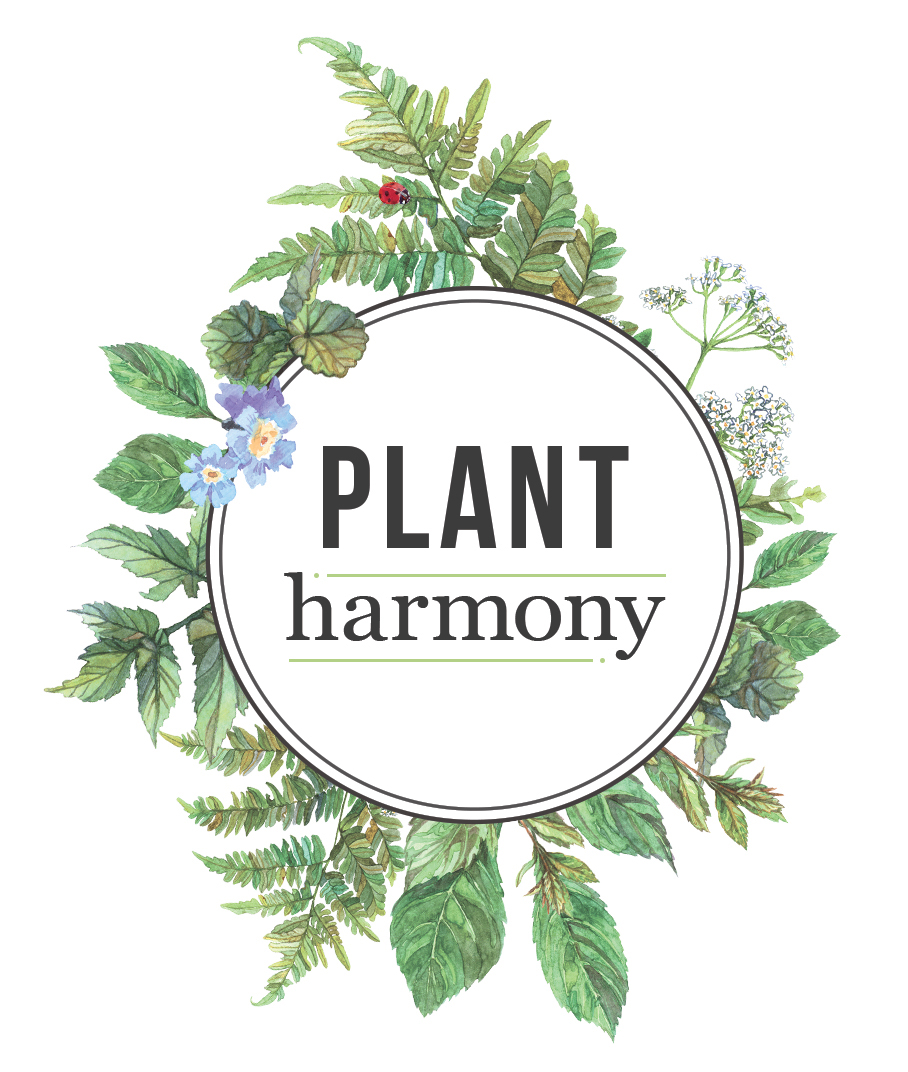Hazards of the Neonicotinoids (neonics) and the Common Active Ingredient Imidacloprid
Neonics, and commonly used Imidacloprid is found in products that promise months or year-long protection. The length of action is characteristic of a system pesticide and is absorbed by the plant. Most commonly, this ingredient is chosen to control aphids or insects that bore into trees.
Neonics are designed to be a durable and long-lasting pesticide. They are water soluble which allows them to move through the soil with irrigation or during a rain event, making it possible to be absorbed beyond the area where they were applied, exposing wildflowers and other plants. The unintended consequence of this pesticide now transmitting to flowering plants within the area then impac our garden allies.
Neonics make their way into the ground water and waterways. Continued applications of neonics create a toxic environment to all insects, good or bad, directly weakening the ecosystem in your garden. Imidacloprid, and other neonicotinoids, kill bees, ladybugs and other beneficial insects.
Imidacloprid is able to stay active in the soil for years, and because it is transported in our creeks and rivers to the ocean, it is now found to be a toxin in the waterways of California. Neonics ability to stay in the plant tissue, including time spent in the soil and the time spent in our waterways means it is able to kill bees and other beneficial insects for years and miles away from where it was originally applied.
A less toxic approach to pest management – Alternatives to Neonics:
Lawn grubs are combated by applying beneficial nematodes to the turf. Beneficial nematodes are highly effective. Here is our handout on 'How to Apply Beneficial Nematodes'
Aphids are easily removed by wiping them off by hand or syringing them off with a spray bottle of water. Insecticidal Soap is the best choice if you are looking for an eco-friendly pesticide.
Proper pest identification is key. If we can’t identify the pest then we won’t be able to correct the pest problem. Once we identify the pest, we want to understand it’s life cycle, perhaps we don’t have to take any action if the pest’s lifecycle is completed. Help our customers to get curious and to see if there are any beneficial predators around that may be taking care of the pest for us. If they need to use a pesticide, then chose the least toxic possible.
For more information on less-toxic pest management and how pesticides work, visit:
Our Water Our World: www.ourwaterourworld.org
UC IPM websites: ipm.ucanr.edu
National Pesticide Information Center: npic.orst.edu
Bio-Integral Research Center: www.birc.org
References:
Our Water Our World: www.ourwaterourworld.org
UC IPM, Statewide Integrated Pest Management Program: ipm.ucanr.edu
Bio-Integral Research Center, Integrated Pest Management Specialist: www.birc.org
Quarles, William, 2016. Bringing Back the Monarchs, Common Sense Pest Quarterly
Scott McArt and Travis Grout, 2020. Notes from the Lab: The Latest Bee Science Distilled

